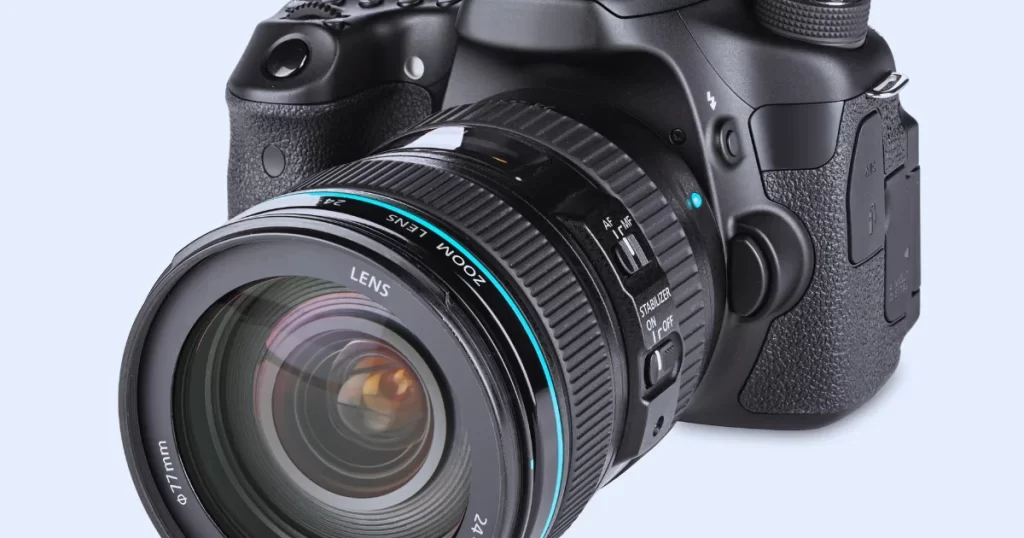Learning about cameras holds a big, exciting value for the new photographer. The happy feeling of taking good pictures and making beautiful photos creates an unforgettable mix of emotions. This is a great learning experience that is worth doing through camera education. Are you confused when you see your friends’ nice photos? You can learn this too and create amazing shots following our camera parts guide.
Camera’s Anatomy shows the core design. Camera Parts and Functions explain usage. Digital cameras capture sharp photos. Mirrorless cameras deliver fast focus. Point-and-shoot offers easy shots. Film Camera creates classic images. The Video Camera records clear motion. Smartphone cameras produce instant pictures.
This is a big blog on camera parts for both new and experienced photographers. We tell every important detail, including what parts do, how they work, why they are important, and other good tips to make the camera learning easy for our readers.
Let’s Dive Below!
Table of Contents
External Parts of a Camera
Camera learning is the start phase of every photographer’s life. This marks a big thing you have begun to move forward into the next chapters of your picture journey. The knowledge of this starting point is worth keeping through understanding the parts. Although the photographers these days are experts at taking pictures, knowing camera parts is surely the best, whether you use them for a hobby or professional work.
Moreover, the camera parts show the once-in-a-lifetime learning, the hard study, and the unique skills that have been developed after many practice times. Teachers love to share this knowledge with students and other photographers, write titin books, as well as keep them for a long time. Just clicking buttons or not knowing, low-quality learning is not ideal for showing the essence of these special skills or keeping them forever.
1. Body
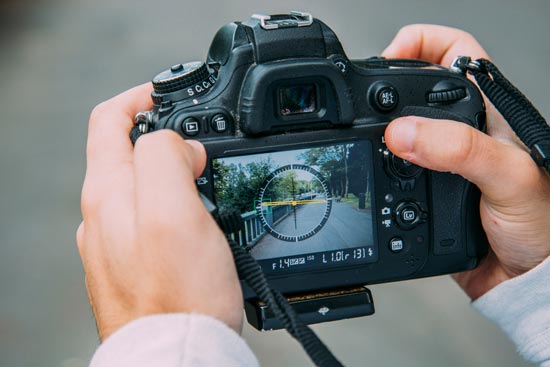
Camera bodies and good pictures are like two sides of the same coin. Normal cameras have many parts that need a good body to hold them and make a complete final camera. Camera Operations controls image creation. The common issues in cameras are broken bodies, loose parts, bad grips, and many more.
2. Lens Mount

The lens mount looks simple when the camera looks good. However, not every mount has a perfect fit. Some may have loose connections, bad alignment, or other problems. A good mount can hide these camera issues and make your lens fit best and secure. RF lens provides advanced quality. EF lens supports versatile shooting. Lens Types define camera performance.
Although the lens mount is primarily used by big cameras, it does not mean that small cameras do not need it. A minimal mount system can make the camera better, such as a good lock, which can be used to make the connection, like metal, plastic, or electronic, appear strong.
3. Lens
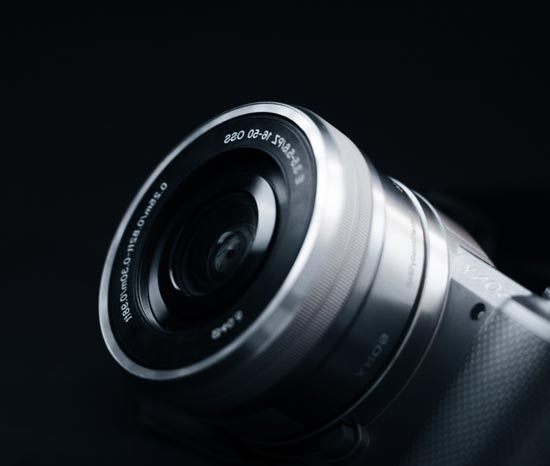
Apart from the body, camera parts such as the lens, glass elements, or focus ring are excellent ideas for good pictures. You can add a sense of beauty and sharpness to the photos taken with these parts. The reflection on the glass that the light through creates looks dreamy. Focal length controls image view. Optics shape light paths. Zoom elements adjust scene size. Filters enhance photo effects.
Photographers can use a wide lens to feel more creative in their daily photos. Users can have a zoom lens or a fixed lens for creating timeless pictures.
4. Shutter Release Button
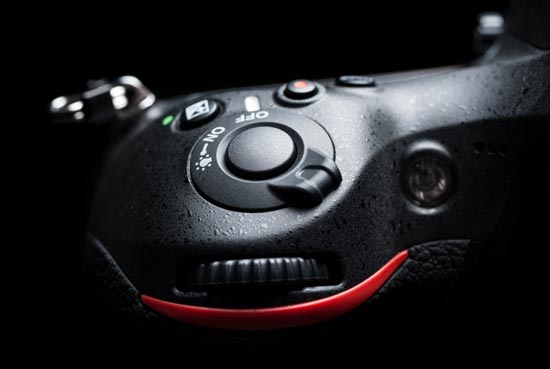
Are you a button presser? Try out the shutter button in your camera to create stylish photos. Photos taken with the press of your finger will bring back memories of spending your precious time taking pictures. Shutter speed freezes motion. Burst mode captures rapid shots. Exposure bracketing balances light levels.
The shutter button looks best when you press halfway for focus or fully press for a photo. Standing with a camera or sitting with a camera both require good button presses. Holding against your eye or away from your face will create meaningful photos. You can also capture moving things by pressing the button at the right time.
5. Mode Dial
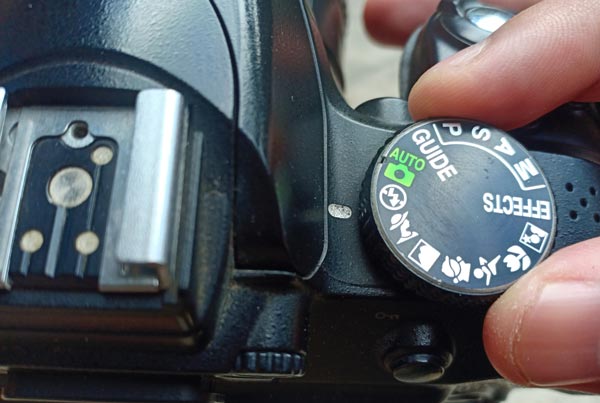
You can use a mode dial to add interest to your photos and make them stand out. Rather than using random modes, you should select ones that match your needs and situation. Aperture Priority manages depth of field. Flash modes provide light options. Buttons and Controls operate camera functions.
You can use Auto mode if you enjoy easy photos or have little time. Manual mode and scene modes are also great dial items. Similarly, you can use special modes such as sport or portrait if you love creative control.
6. LCD Screen
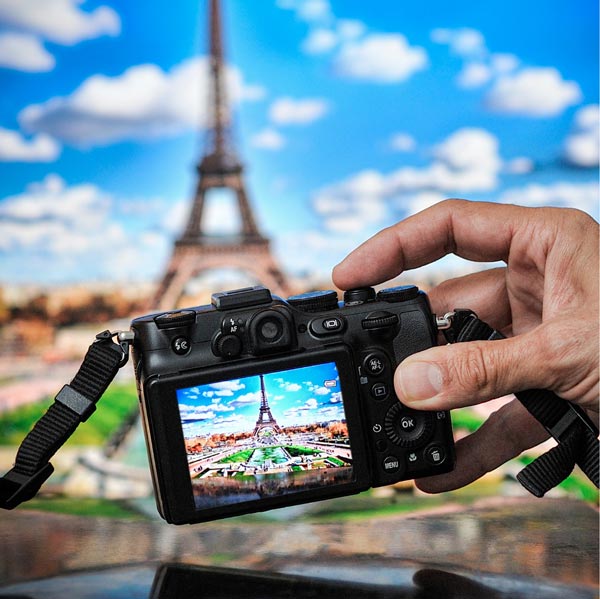
Since you are investing in a camera, you should consider investing in one with a good LCD screen, too. This extra part will ensure you can see your pictures clearly and help you take the best shots. Vari-angle LCD touchscreen aids framing. The histogram shows light distribution. Photo composition creates visual balance.
Having a good screen is needed for both new and expert photographers. Usually, cameras come with small screens. However, you might need a big screen for the camera. And if you are a photographer, a good LCD can help you work better.
7. Viewfinder

The viewfinder holds a big, important value in the photographer’s mind. The happy feeling of seeing exactly what your photo will create an unforgettable mix of emotions. The viewfinder eyepiece guides vision. The focusing screen displays a sharp image.
This is a great tool that is worth having through viewfinder use. Are you confused seeing your photos not turn out how you want? You can try using a viewfinder too and create amazing shots following our camera tips.
8. Flash
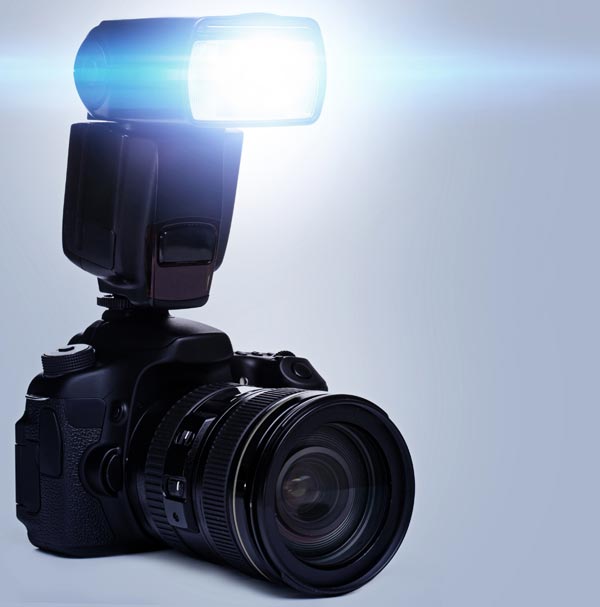
A flash is the best tool to make your pictures bright in the dark. Whether you are inside or outside, the light from the flash will make your subject clear and visible to you. Usually, photographers use flash for night photos. So naturally, you already know how important it is for dark times. Flash modes illuminate subjects. A multi-function shoe connects accessories.
Not having flash before? No problem. The camera flash will be your best friend and bring you back to good photos every time you use it. You can use flash to make people’s faces bright. Using a little flash or a big flash will create amazing photos as well.
9. Battery Compartment

You can use a battery to add power to your camera and make it work. Rather than using any random batteries, you should select ones that match your camera type. Storage capacity holds media files.
You can use rechargeable batteries if you enjoy taking many photos or have long photo sessions. Extra batteries and chargers are also great battery items. Similarly, you can use a battery grip if you love long photography sessions.
10. Memory Card Slot
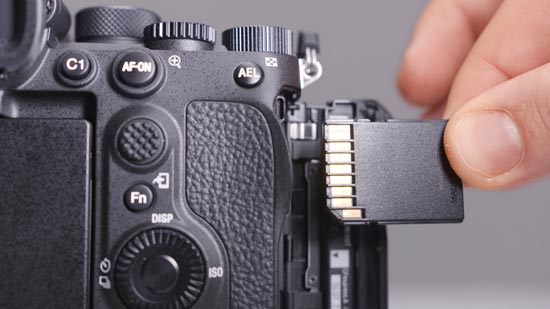
Memory card slots look best when you put the card in the right way or take it out carefully. Putting in the wrong or forcing will break the slot. RAW file preserves full data. RAW files store detailed images. Buffer memory handles rapid shots. Storage capacity saves media files. Keeping extra cards in your bag will create meaningful photo sessions. You can also store many photos by having large-sized memory cards.
11. Tripod Mount
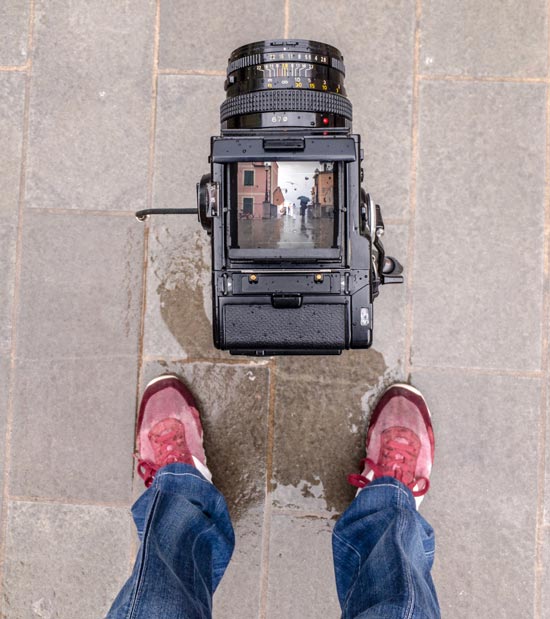
If you have shaky hands or a low-light situation, then the tripod mount will create a clear appearance. For a simpler look, try handholding the camera or using a monopod pose. Tripod socket secures camera support.
High, low, or eye-level tripod positions will all create amazing and unique pictures. You can try different mounting ways, such as quick-release plates, adjusting legs, and many more.
12. USB/HDMI Ports

The easy transfer and quick viewing from the ports can help you show your photos on big screens. This way, you can feel more proud of your work. The microphone records clear sound.
Besides, the effort you put into connecting your camera with your thinking mind makes you prepare to present your photos in the professional world, where photo sharing is crucial. Most importantly, these ports will hold practical value and become more useful over the years.
13. Focus Ring (on lens)

A focus ring is the best tool to make your pictures sharp and clear. Whether you are taking portraits or landscapes, the turning ring and precise control will make your subject clear and focused on you. AF point selection targets the focus area. Face-detection autofocus tracks faces.
Usually, photographers use focus rings for manual focusing. So naturally, you already know how important it is for creative control.
14. Zoom Ring (on lens)
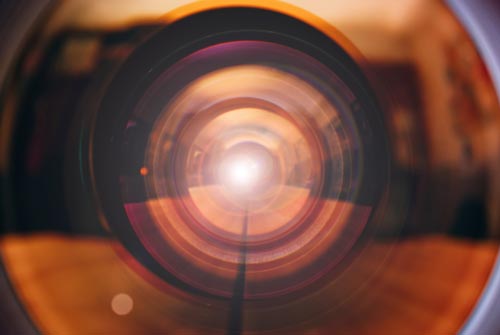
You should try different zoom positions to highlight unique parts of your subject, such as wide, close, or middle. Zooming in, zooming out, and halfway zoom are the basic zoom styles. Zoom elements change focal distance.
These simple moves can be turned special through the combination of various distances and views. Photographers can give the zoom-in pose, keeping their hand on the zoom ring. This is a classic photography idea for changing views.
Internal Parts of a Camera

The camera holds a lot of technical value in the photographer’s mind. The excited feeling of understanding how the camera works creates an unforgettable mix of emotions. This is a great learning that is worth studying through camera anatomy. Are you confused seeing all the small parts inside? You can learn this too and create better shots following our camera guide.
This is a helpful blog on internal camera parts for both new and expert photographers. We tell every important detail, including what they do, how they work, why they matter and other useful tips to make the camera learning easy for our readers.
1. Image Sensor
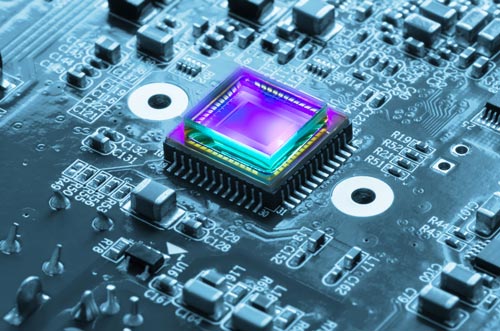
Image sensors look tiny when the camera looks big. However, not every sensor is of the same quality. Some may have a small size, a few pixels, or other limitations. A good sensor can hide these camera issues and make your pictures look better and clearer. Digital sensors capture light. CMOS processes fast images. A complementary metal-oxide semiconductor converts signals. A charged-coupled device stores charge.
Pixel size affects detail. Micro-lenses focus light. Megapixels determine resolution. Although image sensors are primarily used by expensive cameras, it does not mean that cheap cameras do not have them. A minimal sensor can make the camera work, such as light capture, which can be used to make the pictures like landscapes, portraits, or action appear good.
2. Shutter Mechanism
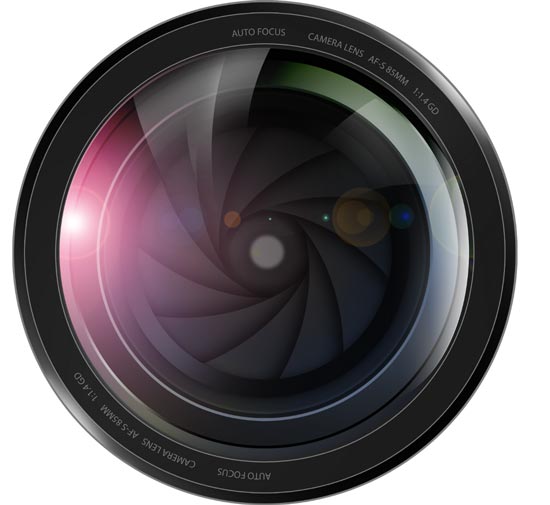
Apart from sensors, camera parts such as shutters, curtains, or buttons are excellent ideas for good exposure. You can add a sense of timing and motion to the photos taken with these parts. Shutter speed controls exposure time.
The movement of the shutter that the light controls creates a magical look. Photographers can have a fast shutter for freeze action in their daily photos. Users can have slow shutter or bulb mode for creating light trails.
3. Aperture

Aperture control looks best when you set low f-numbers for blur or high f-numbers for sharpness. Playing with different f-stops or trying middle values will create meaningful photos. You can also capture the light stars by using small aperture openings.
Apertures control light entry. Depth of field defines focus range. Maximum depth of field sharpens the entire scene. Bokeh softens background highlights. The Bokeh effect enhances visual appeal.
4. Mirror (in DSLR cameras)
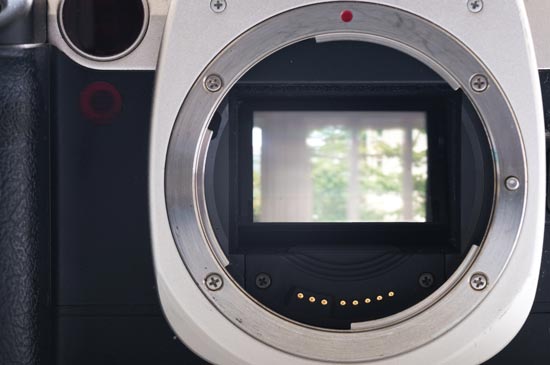
You can use a mirror in a DSLR to add reality to your viewing and make it stand out. Rather than using an electronic viewfinder, you should select an optical viewfinder that shows real light. Reflex mirrors reflect light. Reflex and relay mirror redirect the image.
You can use a mirror system if you enjoy true colors or have trouble with screens. Mirror movement and a prism are also great viewing items. Similarly, you can use mirror lock-up if you love vibration reduction.
5. Pentaprism/Pentamirror (in DSLR cameras)
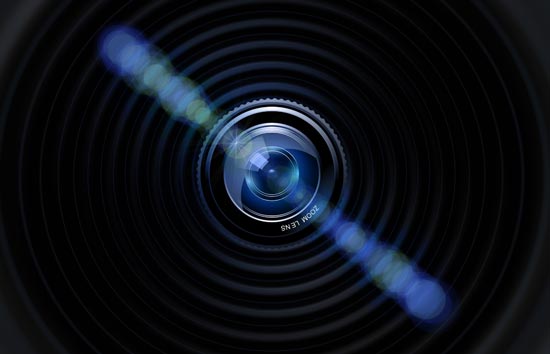
Camera viewfinders hold important value in the photographer’s mind. The excited feeling of seeing exactly what you capture creates an unforgettable mix of emotions. The condenser lens focuses the light beam. This is a great part that is worth understanding through camera learning.
Are you confused why your viewfinder is showing a real image? You can learn this too and create better shots following our Pentaprism guide.
6. Image Processor
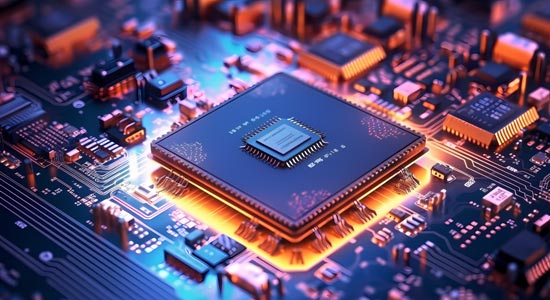
The image processor is the brain phase of every camera’s life. This marks a smart thing you have inside to process forward into the next steps of your picture making. The work of this smart chip is worth knowing through photography learning. High-dynamic-range images capture a wide brightness.
Although cameras these days are experts at taking pictures, knowing the processor is surely the best, whether you use a camera for fun or professional work.
7. Autofocus System
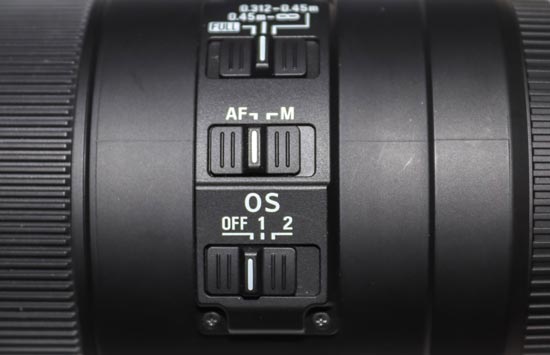
The fast focusing and accurate locking from the system can help you get your subject sharp. This way, you can feel happier in your photos. AF point selection sets the focus location. Face-detection autofocus tracks facial features.
Besides, the effort the camera makes to focus automatically with a smart mind prepares you to capture moments in the professional world where fast shooting is crucial. Most importantly, these systems will hold practical value and become more useful over the years.
8. Metering Sensor

Try out the metering sensor in your camera to create perfect-style exposures. Photos taken with good exposure on your camera will bring back memories of spending your precious time making proper, bright pictures. White balance adjusts color tone. Exposure metering measures light intensity.
Metering sensors look best when you set different modes for different light or use exposure compensation. Playing with spot metering or trying matrix metering will create meaningful exposures. You can also capture the tricky lights by using manual mode with meter help.
9. Stabilization System
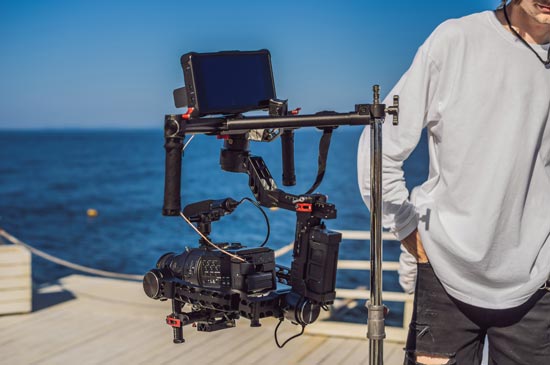
You can use stabilization to add steadiness to your photos and make them stand out. Rather than using shaky hands, you should select cameras with good stabilization. Image stabilization reduces camera shake.
You can use lens stabilization if you enjoy handheld photos or have no tripod. Body stabilization and dual stabilization are also great steady items. Similarly, you can use electronic stabilization if you love video recording.
Additional Parts of a Camera
A camera is the best device to make your creative ideas real. Whether you are a professional or a beginner, the buttons, dials, and screens will make you feel creative and be the artist you are. Usually, photographers take their cameras everywhere they go. So naturally, you already created a deeper connection with your camera.
Don’t have all the features? No problem. Learning about additional parts will be your best knowledge and bring you back to better photos every time you use them. You can try using all the parts and let the creativity flow. Reading manuals or watching tutorials will create amazing skills as well.
1. External Flash Hot Shoe

External flash and camera hot shot are like two sides of the same coin. Normal camera flash has many limitations that need an external flash to fix them and create a better final image. A multi-function shoe attaches camera accessories. The common issues in built-in flash are harsh light, red eyes, limited power and many more.
2. Articulating or Tilting LCD Screen
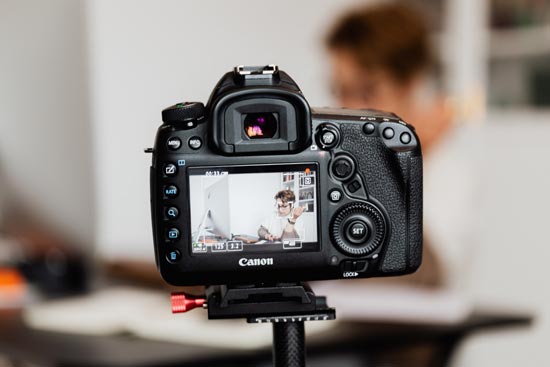
You should try different screen angles to highlight unique views of your subject, such as high, low, or sideways. Tilting up, tilting down, and rotating are the basic screen styles. These simple moves can be turned special through the combination of various angles and positions.
Photographers can give the low-angle pose, keeping their camera on the ground. This is a classic photography idea for creative shots. Vari-angle LCD touchscreen enables flexible viewing.
3. Touchscreen Interface
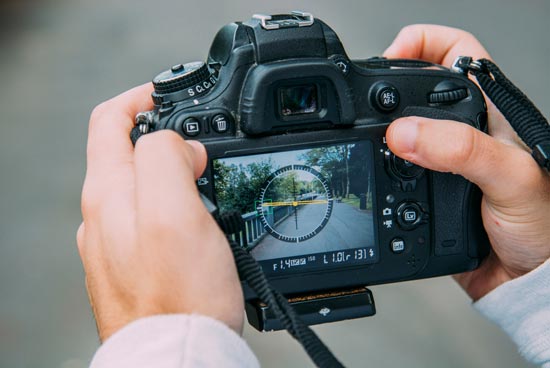
The easy tapping and quick selecting from the screen can help you change settings fast. This way, you can feel more smart in your camera use. Vari-angle LCD touchscreen enables flexible viewing. Customizable Buttons and Controls operate camera settings.
Besides, the effort you put into touching the screen with a careful mind makes you prepared to operate modern cameras in the professional world, where speed is crucial. Most importantly, these touchscreens will hold practical value and become more useful over the years.
4. Customizable Buttons and Dials

The flexibility of the custom buttons that the photographer sets creates a powerful feeling. Photographers can have favorite settings on buttons for quick access in their daily photos. Users can have different setups for different situations to create a timeless photography experience. Buttons and Controls manage camera functions.
Actions that suit this type of feature are programming buttons, setting the dial, or creating presets. The action moment of quickly changing settings provides great chances to capture amazing spontaneous shots.
FAQs
What are the 5 basic parts of a camera?
The 5 basic parts of a camera consist of the body, lens, shutter, viewfinder, and image sensor. Each of these parts works together to capture a majestic photo and store it conveniently. The proper understanding of these 5 parts is a must for photographers.
What are the 10 parts of a camera?
The top 10 parts of the camera include the body, lens, shutter release but understanding mode dial, viewfinder, LCD screen, memory card slot, battery compartment, tripod mount, and USB/HDMI ports. Each part has its own particular function, which ultimately leads to perfect photography.
What are the parts of a camera and their functions?
There are a few parts of the camera, and each of them has its own specific functions. For example, the lens focuses light, the shutter controls exposure, the viewfinder helps take frame shots, the sensor captures images, and finally, the buttons operate the camera. Having a proper knowledge of these functions is a must for photographers.
How do I make parts of a camera drawing?
If you want to draw the camera parts, you need to sketch the body first, then add the lens, viewfinder, and buttons consecutively. After that, label each part of the drawing for a final and complete drawing of the camera’s anatomy.
What are the parts of a camera lens?
A camera lens is an essential part of the camera. It consists of zoom elements, focus rings, aperture blades, and sometimes comes with filters or micro-lenses. Each of these parts significantly affects how light enters the camera and influences the quality.
What are common camera parts names?
Common camera parts include the lens, body, shutter release button, mode dial, viewfinder, LCD screen, memory card slot, battery compartment, tripod mount, and ports. Knowing these names will help users understand the manual, controlling, and capturing of photos.
Final Thought on Parts of a Camera
Digital photography captures images electronically. Photo composition arranges visual elements. Portrait photography highlights human subjects. Golden hour creates warm lighting. Forensic Photography documents evidence. Lightroom edits photos efficiently. Photoshop enhances image quality. Filters modify visual effects.
Camera learning is an important phase of every photographer’s life. This marks a milestone you have achieved to move forward into the next chapters of your picture journey. Explore expert camera graphics and design at Cutout Image Media today!



